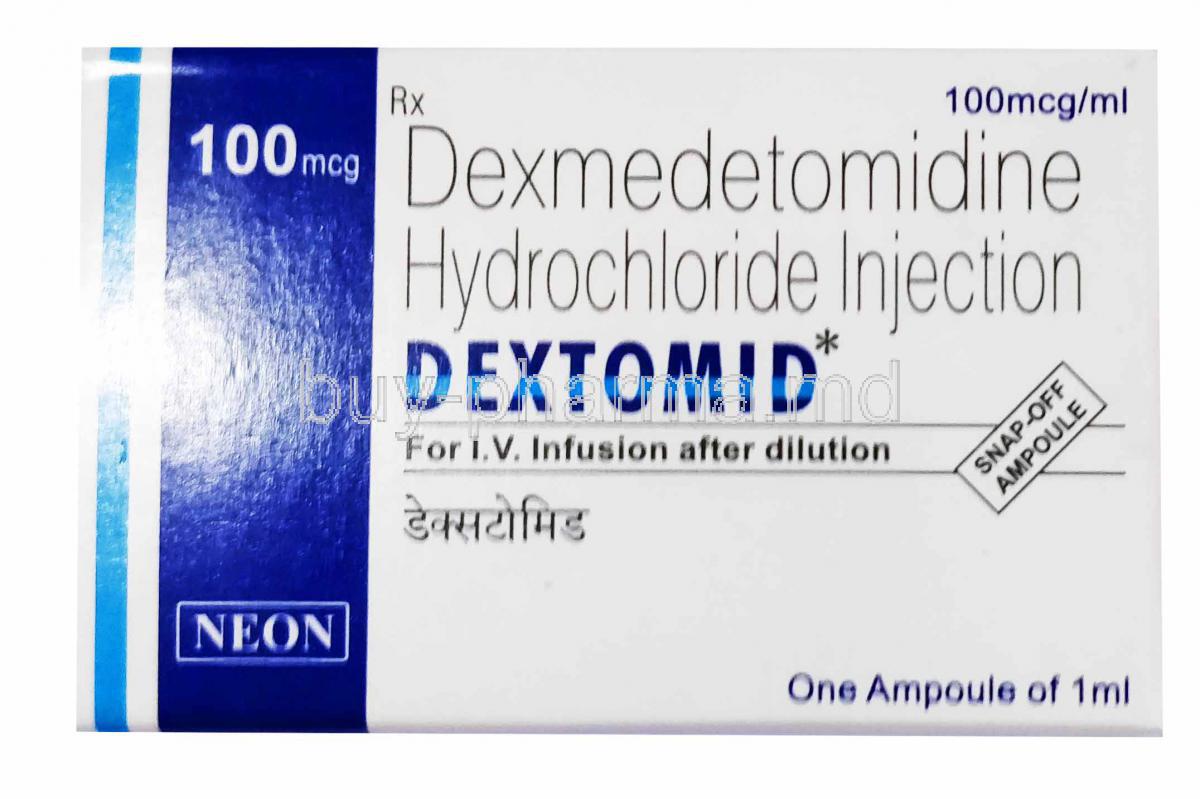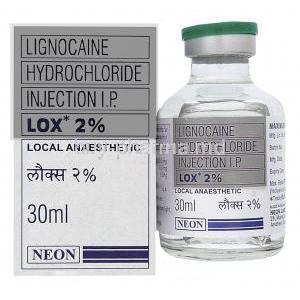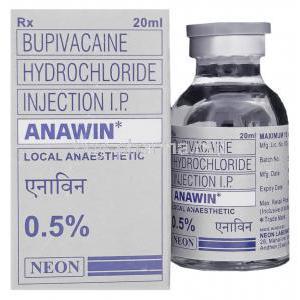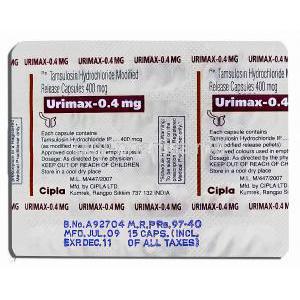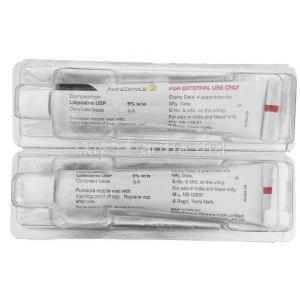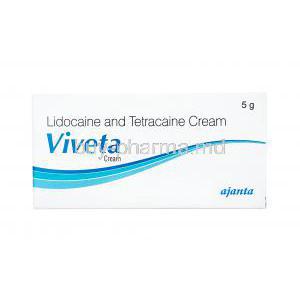Dexmedetomidine
- 1. Introduction to Dexmedetomidine
- 2. Composition and Formulation of Dexmedetomidine
- 3. Mechanism of Action: How Dexmedetomidine Works
- 4. Primary Uses of Dexmedetomidine
- 5. Off-Label Uses of Dexmedetomidine
- 6. Dosage and Administration Guidelines
- 7. Common Side Effects of Dexmedetomidine
- 8. Detailed Analysis of Drug Interactions
- 9. Warnings and Contraindications
- 10. Special Considerations in Administration
- 11. Handling Overdosage Situations
- 12. Storage and Handling Precautions
- 13. Important Precautions and Safety Measures
1. Introduction to Dexmedetomidine
Overview of Dexmedetomidine
Dexmedetomidine, a drug, has become a crucial sedative and pain-relieving agent in the medical field. This medication, an alpha 2 agonist, is well known for its calming, anxiety-reducing, and pain-relieving effects without the risk of respiratory depression. This characteristic sets it apart from sedatives. Its distinctive pharmacological profile has made it an essential tool in clinical environments.
Historical Context and Development
The origin of Dexmedetomidine can be traced back to the 1990s, representing a notable advancement in sedative pharmacotherapy. At first, it was authorized for sedation in seriously ill individuals, but its uses have expanded to cover a wide range of medical procedures. This historical development highlights the increasing acknowledgment of its advantages and safety record.
2. Composition and Formulation of Dexmedetomidine
Chemical Structure and Properties
Dexmedetomidine possesses an imidazole ring, which plays a significant role in its selective activation of alpha 2 adrenergic receptors. This specific molecular structure grants it a binding affinity to alpha 2 receptors, a crucial factor contributing to its effectiveness and safety.
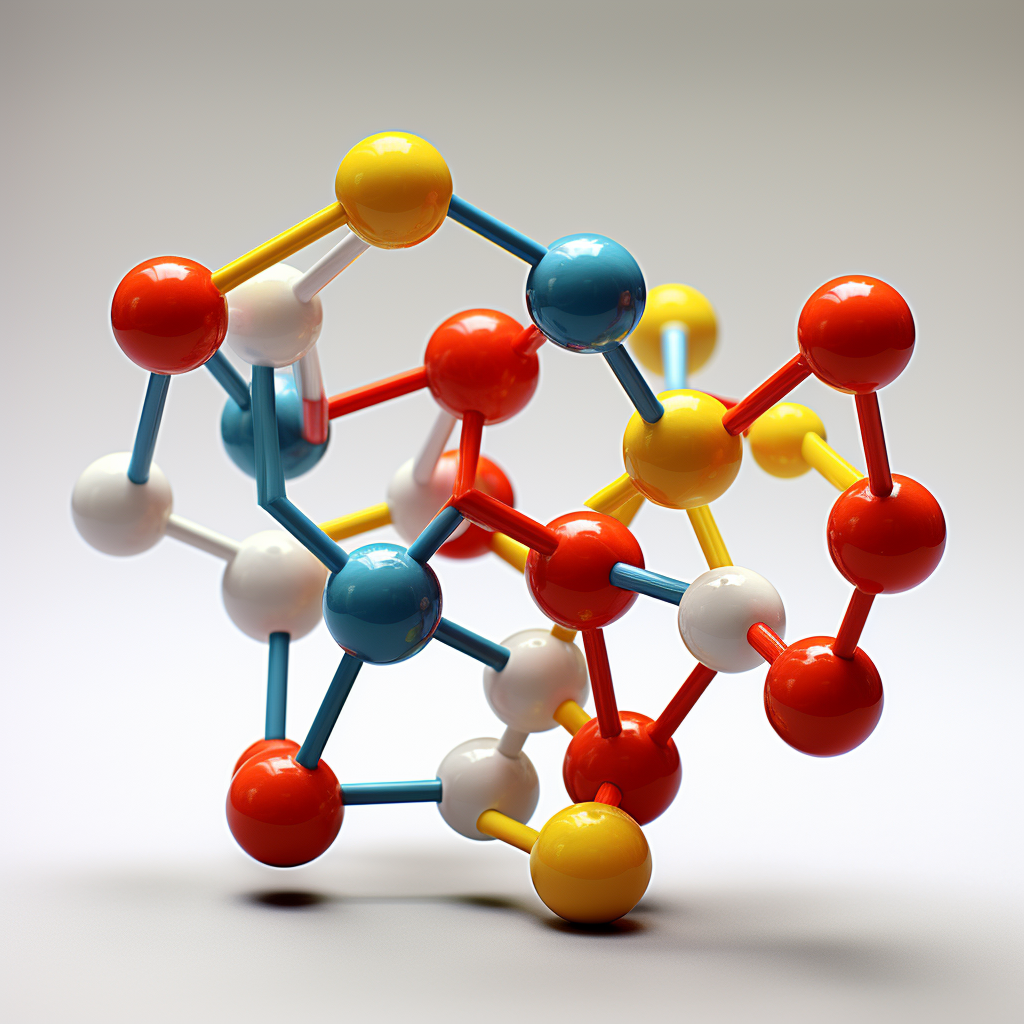
Available Formulations and Variants
Dexmedetomidine is mainly sold as a formulation for use in acute care settings. However, there have been developments in the formulation of alternative options, which have expanded their availability and usefulness in various clinical situations.
3. Mechanism of Action: How Dexmedetomidine Works
Pharmacodynamics of Dexmedetomidine
The way Dexmedetomidine works in the body is highly impressive as it explicitly targets alpha 2 receptors. This specific targeting reduces norepinephrine release, which ultimately brings about sedation and pain relief while maintaining respiratory function. The pharmacodynamics of Dexmedetomidine are carefully designed to achieve both effectiveness and safety.
Neurological and Physiological Effects
It causes drowsiness that resembles sleep without affecting breathing. It helps to reduce anxiety during surgery. It provides pain relief reducing the need for pain medications.
4. Primary Uses of Dexmedetomidine
Use in Sedation and Anesthesia
Dexmedetomidine has brought about advancements in sedation techniques, especially procedural sedation and as a supplement in anesthesia. It improves comfort while ensuring stability in respiratory and cardiovascular functions. Here are some references that you can use:
- Dexmedetomidine as a sedative in critical care
- Dexmedetomidine in anesthesia and critical care
- Dexmedetomidine for procedural sedation in children
Application in Intensive Care Units
5. Off-Label Uses of Dexmedetomidine
Exploring Unconventional Applications
Dexmedetomidine is a medication that has been shown to offer benefits beyond its intended use. It is increasingly being utilized in the field of neurology to manage withdrawal symptoms, as well as in pediatrics, for sedation during procedures. Here are some references that you can use to learn more about dexmedetomidine:
- Mechanisms of Dexmedetomidine in Neuropathic Pain
- Pediatric Critical Care Guideline for the Use of Dexmedetomidine
- Dexmedetomidine: review, update, and future considerations of anesthesia and critical care
- The Effect of Dexmedetomidine on Emergence Agitation or Delirium in Children After Anesthesia—A Systematic Review and Meta-Analysis of Clinical Studies
- Dexmedetomidine Improves Cardiovascular and Ventilatory Outcomes in Critically Ill Patients: Basic and Clinical Approaches
- Dexmedetomidine injection Uses, Side Effects & Warnings - Drugs.com
- Organ-Protective Effects and the Underlying Mechanism of Dexmedetomidine
- Dexmedetomidine Properties - OpenAnesthesia
- Perspectives on Dexmedetomidine Use for Neurosurgical Patients - LWW
Review of Recent Clinical Studies and Findings
Ongoing studies shed light on how Dexmedetomidine can be used beyond its approved indications. These studies show it is effective and safe for various patients and clinical situations.
6. Dosage and Administration Guidelines
Recommended Dosage for Different Conditions
The amount of Dexmedetomidine needed can differ depending on the circumstances, with lower doses used for mild sedation and higher doses for intensive care sedation. The important thing is to tailor the dosage to each individual to achieve the possible treatment results.

Administration Methods and Best Practices
Although intravenous administration continues to be the method, ongoing research looks into other treatment methods. It is important to follow practices in administration, such as adjusting the dosage based on how the patient responds, to ensure we achieve maximum therapeutic effectiveness while minimizing potential risks.
7. Common Side Effects of Dexmedetomidine
Identifying and Understanding Frequent Adverse Effects
Dexmedetomidine, although generally safe, can have some side effects like bradycardia and hypotension. It's essential to adjust the dosage to minimize these effects and ensure safe administration. Being aware of and quickly identifying these effects is crucial for ensuring safety.
Management of Common Side Effects
A successful management approach involves monitoring necessary adjustments to the dosage and providing symptomatic treatment. It is essential to maintain a balance, between the benefits of therapy and minimizing any potential side effects.
8. Detailed Analysis of Drug Interactions
Potential Interactions with Other Medications
Clinicians need to be cautious and thoroughly review medications to anticipate any interactions when using dexmedetomidine. It is essential to consider the interaction of dexmedetomidine with other sedatives, analgesics, and cardiovascular drugs.

Interaction with Alcohol and Food
Combining Dexmedetomidine with alcohol or certain types of food can change how it is processed in the body. This means that healthcare professionals need to provide patients with information and guidance on using these substances together.
9. Warnings and Contraindications
Specific Health Conditions and Risks
The use of Dexmedetomidine should be avoided in patients who have pre-existing conditions. Precisely, individuals with ventricular dysfunction, profound bradycardia, or hypotension should steer clear of this medication. Due to its potential to affect parameters, those with cardiovascular disorders need to approach the use of this drug with caution.
Situations Where Dexmedetomidine Should Be Avoided
Extreme caution should be exercised when using Dexmedetomidine. It should be avoided entirely in situations that could worsen its side effects. This includes situations where it is used alongside vasodilators or other medications that reduce blood pressure or heart rate. Patients who have a history of being hypersensitive to Dexmedetomidine or any of its components should also refrain from using it.
10. Special Considerations in Administration
- Advice for Elderly Patients: It is essential to adjust the dosage and closely monitor elderly patients when using Dexmedetomidine due to their increased sensitivity. To prevent drug accumulation and potential toxicity, it is recommended to assess hepatic function.
- Use during Pregnancy and Nursing: The safety of using Dexmedetomidine in women and nursing mothers has not been sufficiently established. Therefore, it should only be used during pregnancy if the benefits outweigh the risks to the fetus. Nursing mothers should consider either discontinuing the drug or breastfeeding, taking into account its importance to them.
- Application in Pediatrics: Ensuring safety and efficacy when using Dexmedetomidine for sedation requires careful titration and monitoring. Ongoing research is needed to understand the safety profile of neonates and infants.
11. Handling Overdosage Situations
- Symptoms and Initial Reaction: If someone overdoses on Dexmedetomidine, they may experience symptoms like drowsiness, slow heart rate, and low blood pressure. The immediate medical response involves stopping the medication, providing care, and treating the symptoms.
- Long-term Treatment for Overdose: long-term treatment involves carefully monitoring the heart's function after the response. Suppose necessary medications such as atropine or vasopressors might be used to address slow heart rate or low blood pressure.
12. Storage and Handling Precautions
- To ensure the storage conditions for Dexmedetomidine, keep it in its original packaging at room temperature, away from light and moisture. It's essential to avoid exposing the drug to temperatures, whether too hot or too cold, to maintain its effectiveness and shelf life.
- When handling Dexmedetomidine, it is crucial to take safety precautions and minimize exposure, especially for pregnant or nursing women. Proper disposal of Dexmedetomidine should be done by regulations to prevent any potential environmental contamination or misuse.
13. Important Precautions and Safety Measures
- Keeping an eye on vital signs, especially blood pressure and heart rate, is crucial when using Dexmedetomidine. It's important to schedule follow-up visits after administering the treatment to evaluate how the patient responds and make any adjustments to the treatment plan.
- Educating patients about Dexmedetomidine's effects, risks, and safety precautions can significantly improve compliance and reduce the chances of experiencing adverse events. This includes emphasizing the importance of sticking to dosages and promptly reporting any unusual symptoms that may arise.

